
A Portrait for Myself
- 4,000JPY|252×193 ㎜|128 page|hardcover
- Book Design : Suzuki Seiichi Design Office
- SEIGENSHA
- Published in April 2024
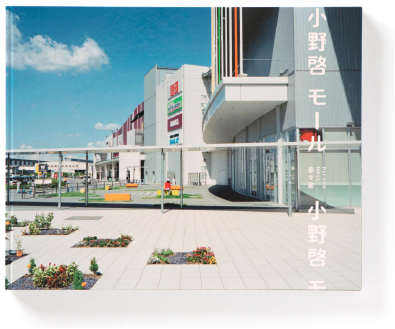
MALL
- 3,000JPY|226×182 ㎜|116 page | hardcover
- Book Design : groovisions
- AKAAKA
- Published in January 2022
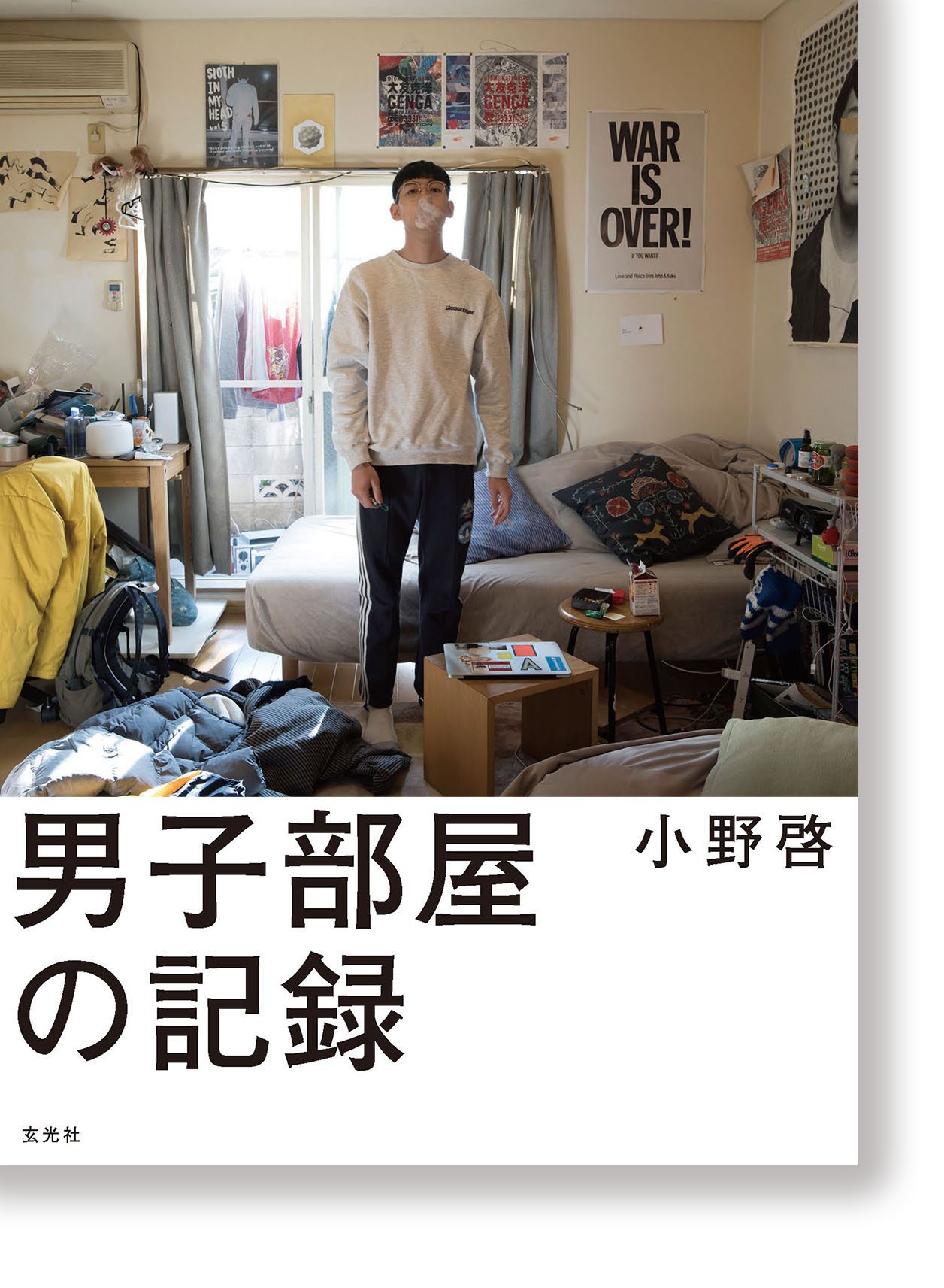
Men’s room record
- 2,300JPY|246×184 ㎜|160 page | softcover
- Book Design : Jun Kawana
- GENKOSHA
- Published in May 2019
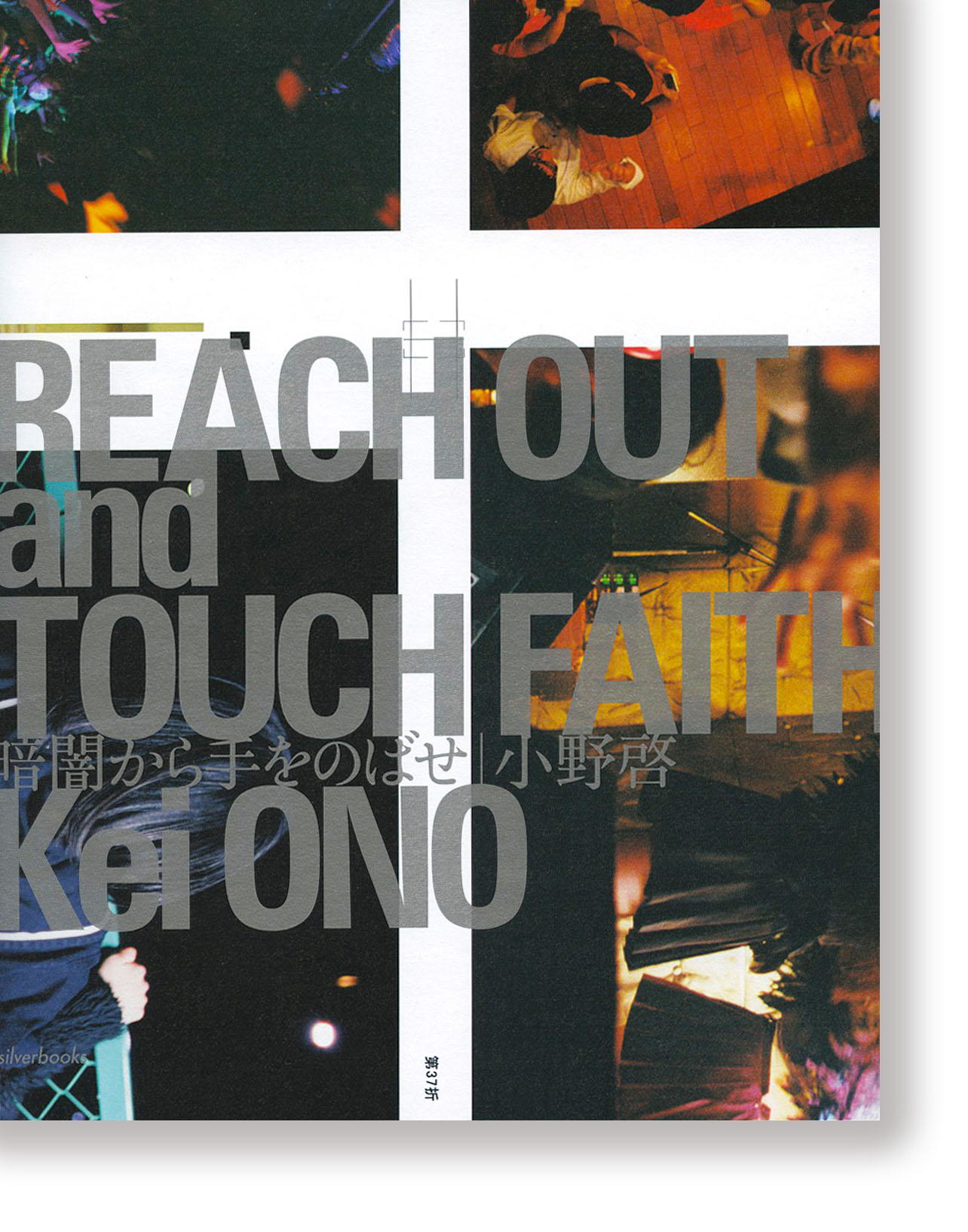
Reach out and Touch Faith
- 4,500JPY|190×150 ㎜|512 page | softcover
- Book Design : Daishiro Mori
- silverbooks
- Published in November 2017
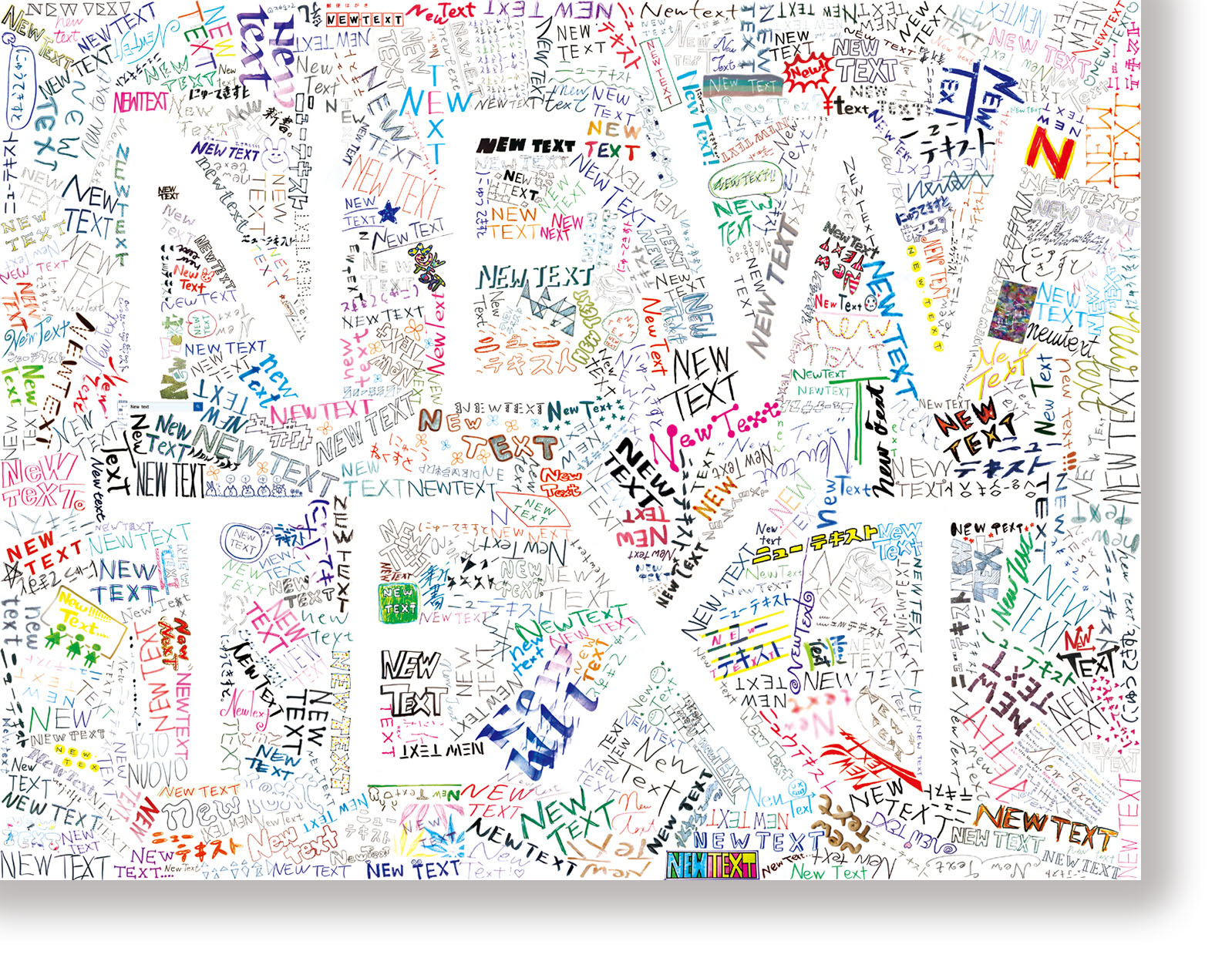
NEW TEXT
- 3,800JPY|290×223 ㎜|344 page | hardcover
- Book Design : Suzuki Seiichi Design Office
- AKAAKA
- Published in December 2013
This 344-page photobook, which consists entirely of portraits of Japanese high school students, is the result of more than 10 years of labor-intensive shooting. Since 2002, Kei Ono has traveled all across the country to photograph Japanese high school students, an activity that he considers his duty to carry out. Ono holds himself to two simple rules: the students must respond to one of his notices placed online or in a newspaper, and he will not publish a photo in which they are smiling. The first rule ensures that the high school students who are photographed select themselves. Of course, Japanese high school students have plenty of opportunities to take photographs with their friends, but Ono insists on this first rule in order to make sure that, as he says, “they are all hoping to have someone discover their existence.” This hope creates a desire to have a “serious portrait” taken; this is why the students are never smiling. Sometimes the students seem to glare back at the camera, while at other times they are more contemplative. In any case, the portraits here vividly capture the trials and tribulations of adolescence. This book was published together with the “New Text Project,” a project with the goal of distributing copies of this book to libraries across Japan. Includes English translations of texts by Kei Ono and critic Tsunehiro Uno.
The faces of the boys and girls photographed by Ono all have an awkwardness and naivety about them, but the boys and girls are not aware of their awkwardness and naivety. When seen through Ono’s camera, the irritating smiling faces of the boys and girls seem at first glance to express bold confidence and fearlessness about living life. Seen through Ono’s camera, however, they appear to be giving a presumptuous but endearing performance of walking through their small, meager world as if they owned it. Ono’s own rule of photographing every applicant who answers his ads results in a photograph collection that presents slices of the clumsiness inevitably exuded by adolescent boys and girls. Considering one more rule Ono makes―never photograph a smiling faces―his seems entirely intentional. As a result, those of us who have aged and become adults to a certain extent discover in this awkwardness and small world our own past selves (no, perhaps the selves as we still are). It is irritating, painful, and irresistibly endearing.――――Tsunehiro Uno(Critic)
The photographs in this series do not simply explore the homogeneity and differences found in big cities and rural towns; it is also my intent ion, by por t raying the unique atmosphere projected by each of the high school students, to reconsider the true nature of the environments they live in. Because I unintentionally came to take the means of inviting high school students to be photographic models and not choose which high school students to photograph, the models and their backgrounds eventually moved out of my control. Now that I no longer control the photographs, I have become just the person who takes the picture. And this is what I chose to be. (from the postscript)
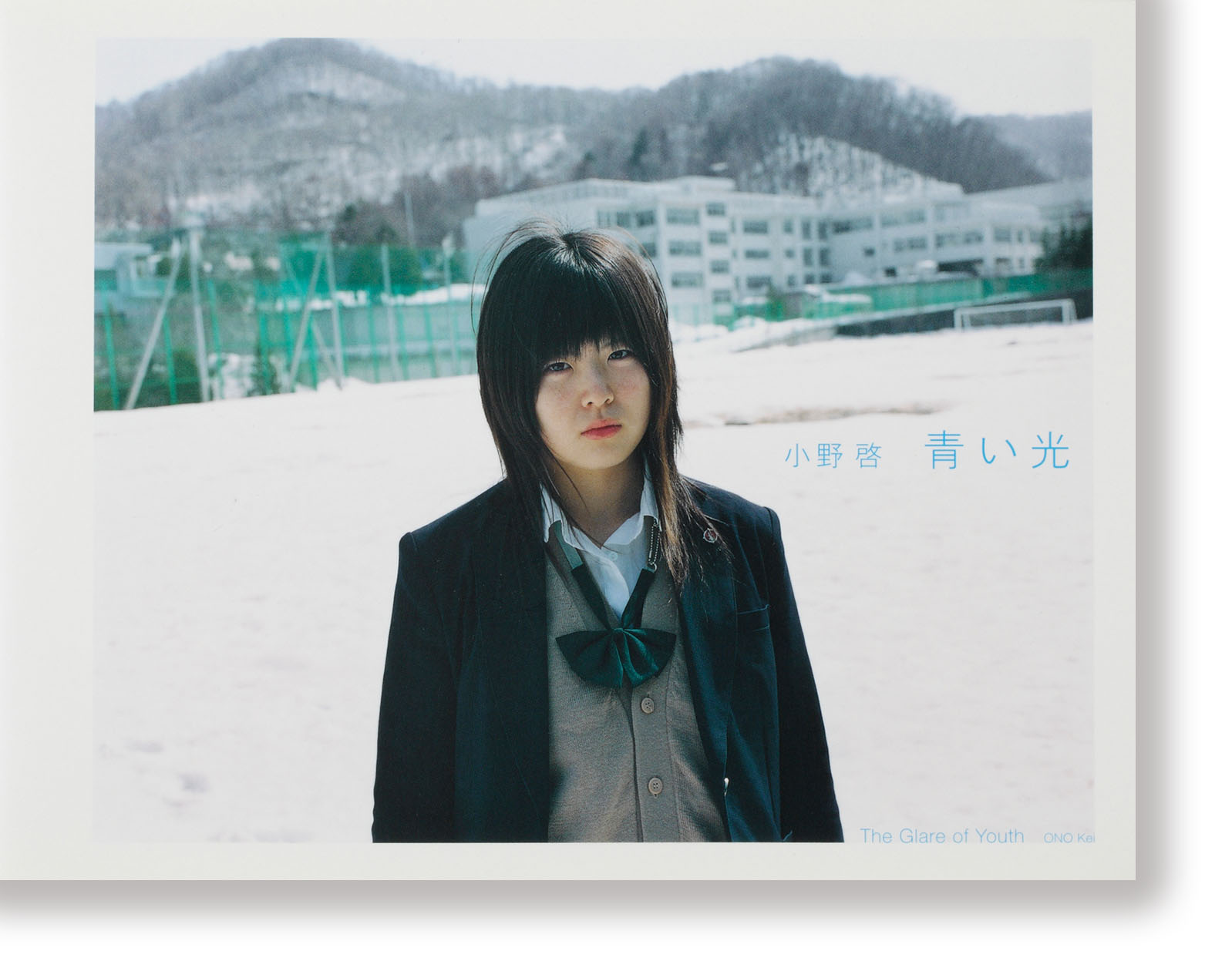
The Glare of Youth
- 2,000JPY|220×170 ㎜|132 page | softcover
- Book Design : Satoshi Machiguchi
- Visual Arts, SEIGENSHA
- Published in December 2006
